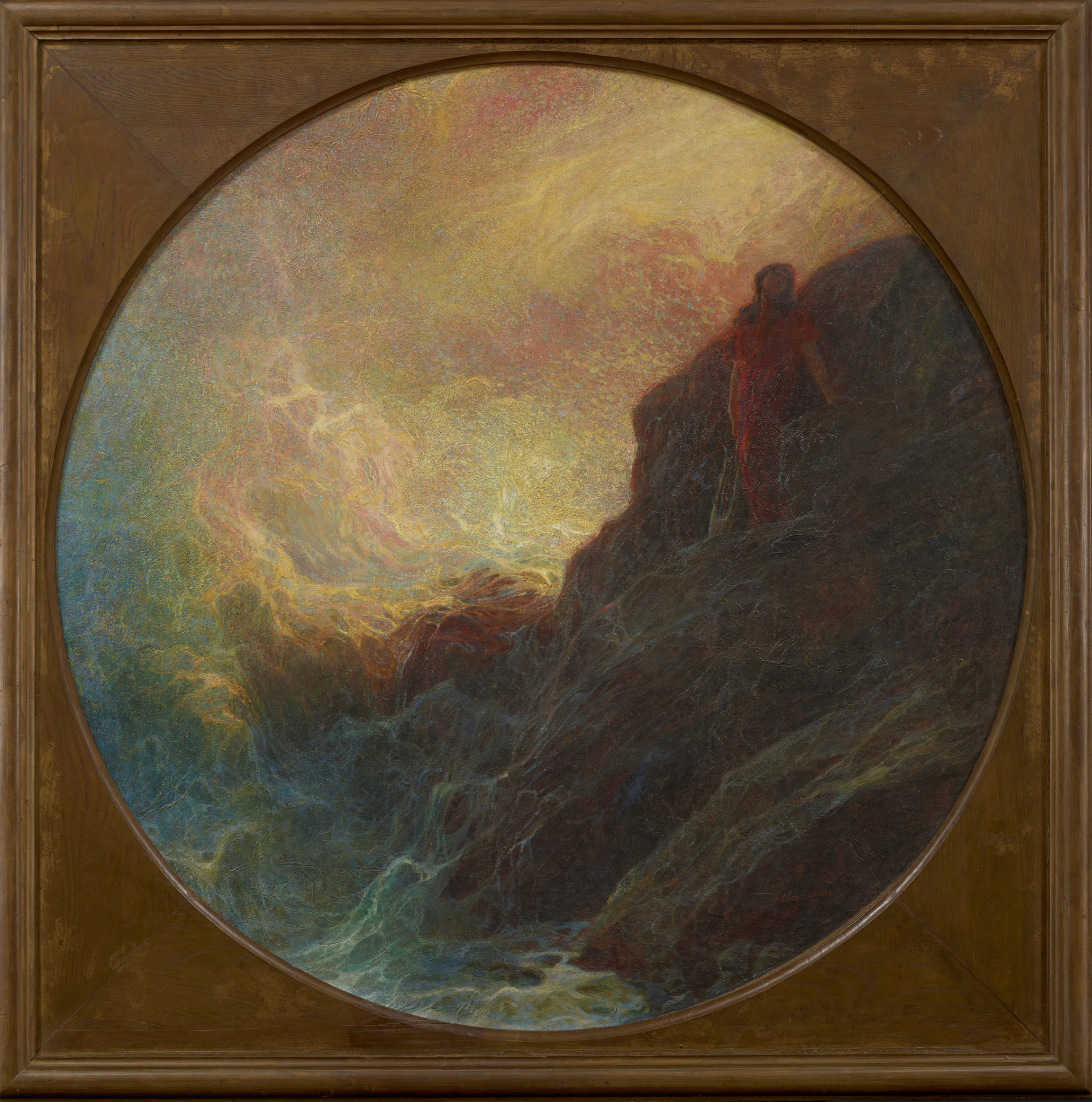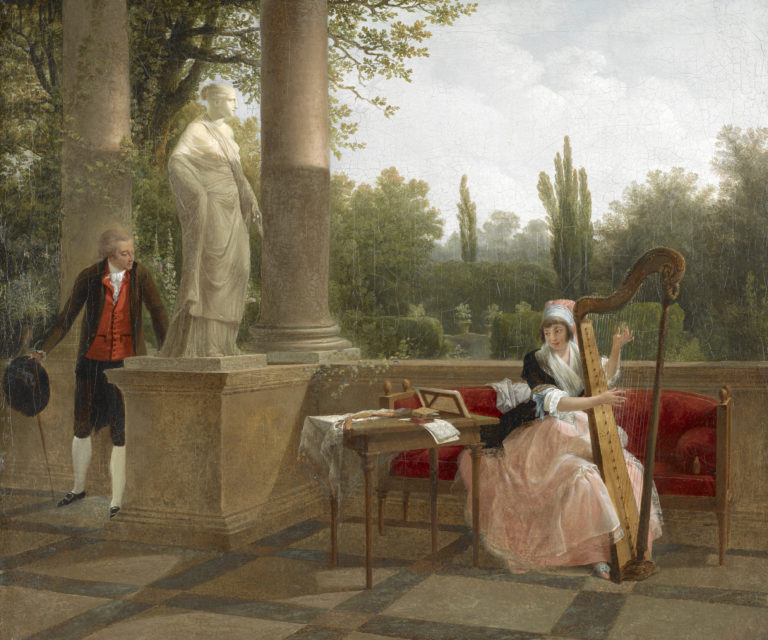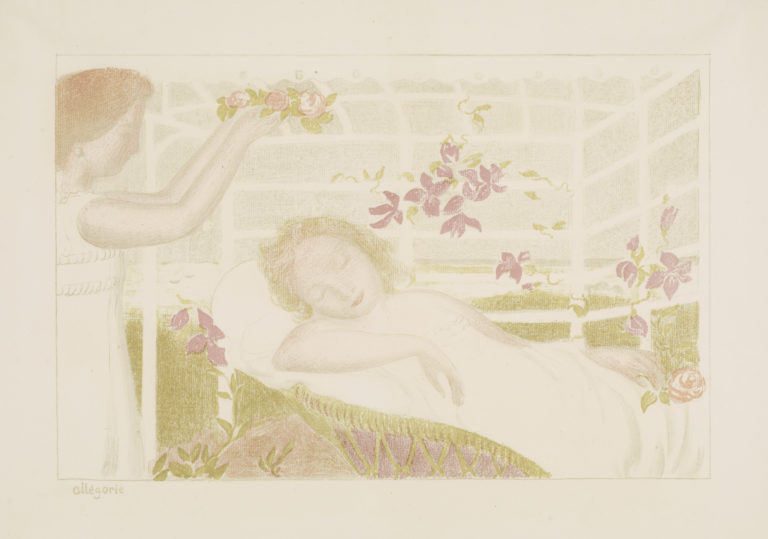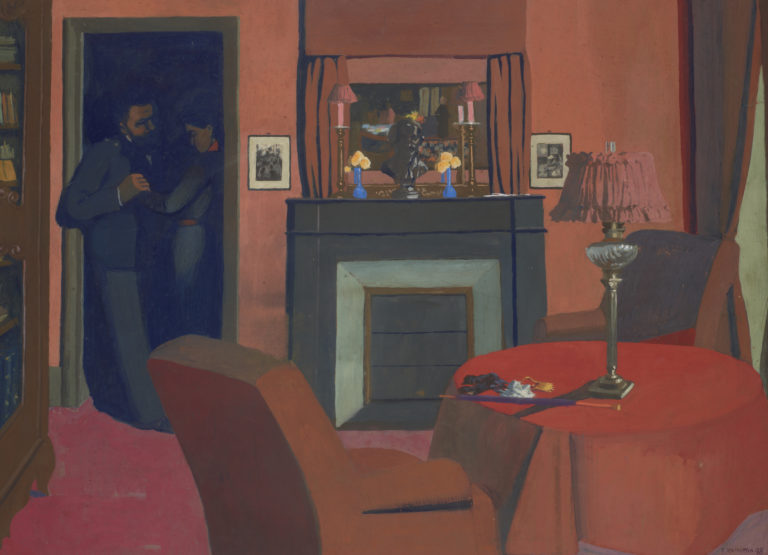Exposé actuellement
The CollectionBibliography
Beatrice Avanzi, Daniela Ferrari and Fernando Mazzocca, I pittori della luce. Dal divisionismo al Futurismo, exh. cat. Rovereto, Mart, Museo di arte moderna e contemporanea di Trento e Rovereto, Milan, Electa, 2016: cat. 51.
Rêves, tourments et apparitions, exh. cat. Paris, Galerie Mendes, 2014: 64-67.
Simonetta Fraquelli, Christopher Riopelle and Tobia Bezzola, Radical Light: Italy’s Divisionist Painters 1891-1910, exh. cat. London, The National Gallery, Zurich, Kunsthaus, London, National Gallery Company Limited, 2008.




Plinio Nomellini learned to master the art of capturing light in paint when studying fine art in Florence with Giovanni Fattori, a member of the macchiaioli school. Under the influence of French impressionism, he worked with swift dabs of the brush. After meeting Giuseppe Pellizza da Volpedo in 1888, he developed his own unique divisionist technique, marrying comma-shaped dabs with dots of colour. The technique sets his work apart from other artists of his generation who, like him, were seeking to breathe fresh life into Italian art.
In the 1890s, Nomellini was close to the radical left in Genoa and was one of the most outspoken of Italy’s political artists. As a keen reader of Gabriele d’Annunzio, however, he turned towards dreamlike symbolism in the early twentieth century, developing an allegorical vocabulary rich in references to Antiquity.
This work shows the Greek poetess Sappho, her lyre at her feet, preparing to throw herself from the Rock of Leucate. This was a popular theme in the nineteenth century, shared by artists from Théodore Chassériau to Gustave Moreau. Its title, Polifonia, highlights the link between music and painting and reflects Nomellini’s urge to develop a language that spanned the arts. The swift, energetic dabs of the brush play the music of nature, the waves crashing on the rocks, and the howling of the swirling wind. The explosion of colours plays into the same phosphorescent, acid, electric polyphony. Seeking to render light ever more intensely, he thickened his paint and abandoned his familiar comma-shaped dabs in favour of layering coloured strands, adding sand to the paint to catch the light in many places. Such experiments influenced the new generation of futurists, who saw the painting at the Venice Biennale in 1905.